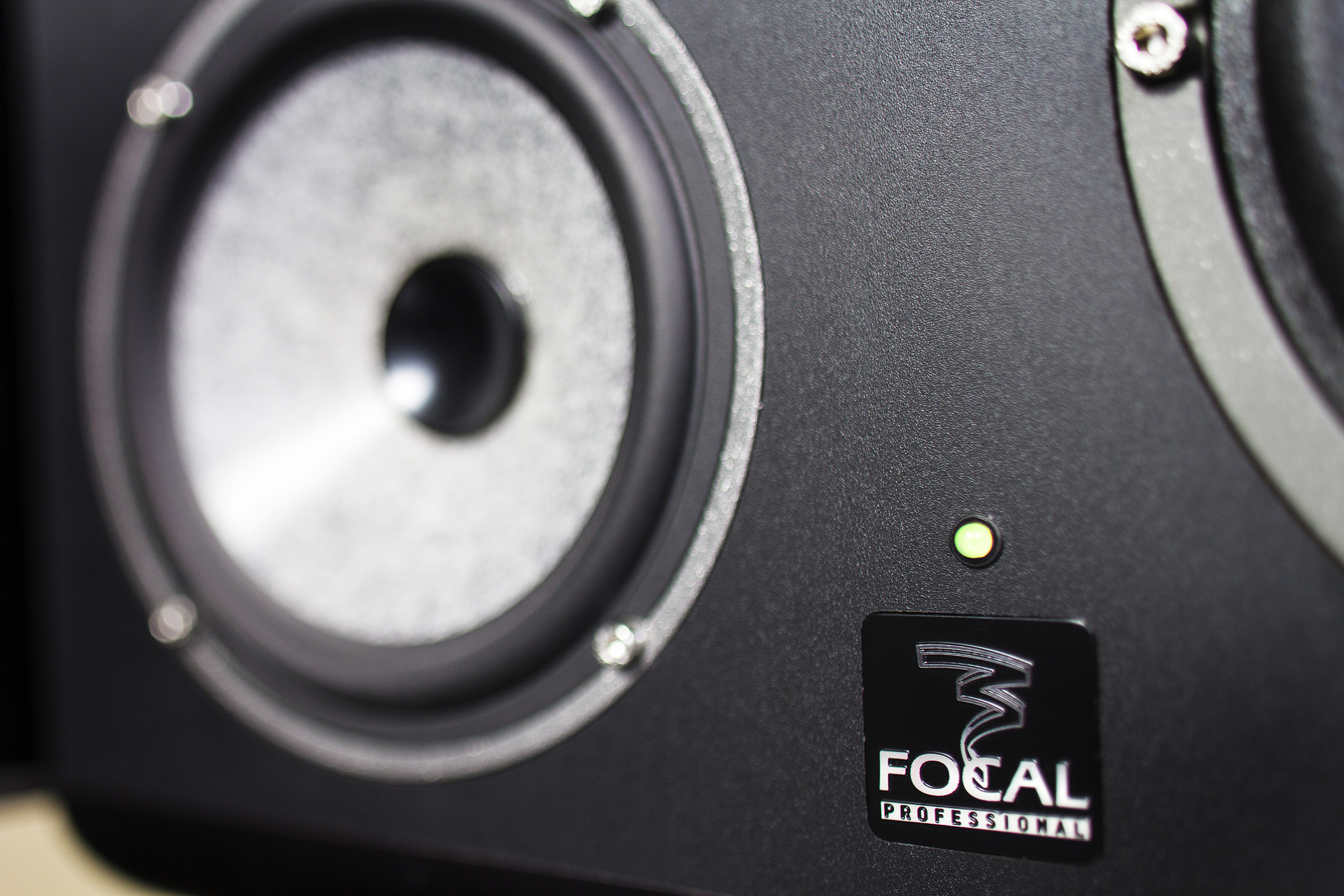As every mix engineer knows, it’s important to listen to a mix on different systems to get a different perspective on it. At multiple points in a mix, I bounce it and take it out to the car and listen to it. Many of you likely do the same thing. However, there are things that I do WHILE MIXING that also help me get a different perspective on the mix itself. Here are some of the things that I do with my monitors while mixing that work for me.
Check Your Levels
While mixing, I usually keep my trusty sound level meter nearby so that I can check the listening level. I usually aim to keep my listening level around 85 dB. Since the ear is a non-linear device, meaning loudness impacts the way frequencies are perceived, this level allows me to hear everything clearly. It also prevents fatigue if I’m mixing for an extended period of time.
Vary Your Levels
While 85 dB is the “normal” listening level I use when mixing, I’m constantly varying the levels of my monitors while I mix. I find that I turn things down a lot to hear where things sit. You’d be amazed at what you can hear at lower levels. Additionally, I’ll turn it up when critically listening to individual tracks or sections. Ultimately, I find that I’m constantly varying my levels, using 85 dB as my center point.
Listen In Mono
I spend a lot of time mixing in mono. If you’ve never tried it, I highly recommend it as it helps me to get a real sense of where my focus elements, the meat of the song, sit in a mix.
For example, listen to the track “Magic” by Coldplay. At about the 2:35 mark, sum your monitors to mono and pay attention to what you hear. You’ll hear the vocals, drums, bass, guitar, and piano perfectly balanced with the right amount of effect. Now, flip your monitors back to stereo. All of the sudden, the mix changes entirely. There are all kinds of effects and ambient noises going on that you don’t hear when it’s in mono.
This is where I find mixing in mono to be extremely helpful; the meat of the track, those items I hear when I sum to mono, are the items that will likely be heard on most systems. If I get those balanced in mono and then use the rest of the stereo field for effects or other elements, it will add a great deal of space to the mix.
Kill the Sub
I love having a subwoofer as part of our monitoring system. It really helps me get a good feel for what is going on in the bottom end of the track. However, once I get the bottom end of the track dialed in, I’ll use a bypass switch to kill the subwoofer. I’ll periodically turn it back on while I’m mixing just to make sure nothing got out of hand, but if you think about how most people listen to music, the majority of them aren’t listening to a system with a sub, it’s usually with ear buds or on their computer speakers or in their cars with simple factory systems.
Get Control
All of the things can be done easily during a mix with a good monitor control system. You don’t have to spend a lot to get one either. When recording at home, I use a Mackie Big Knob for monitor control. It allows me to control a number of sources and outputs, it allows me to dim levels and sum to mono in a single click, it has a built in headphone amp, and, best of all, it has a gigantic knob to control my levels.
Some of these techniques may work for you and some of them may not. There’s only one way to find out. Go, listen, mix, and experiment. Until next time.


